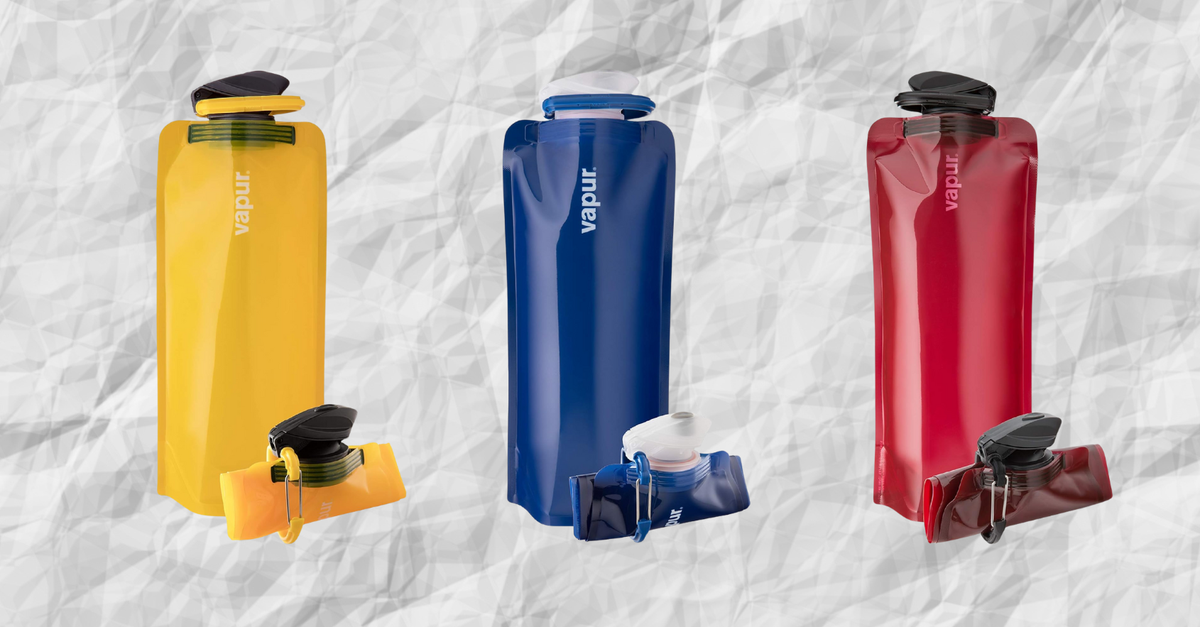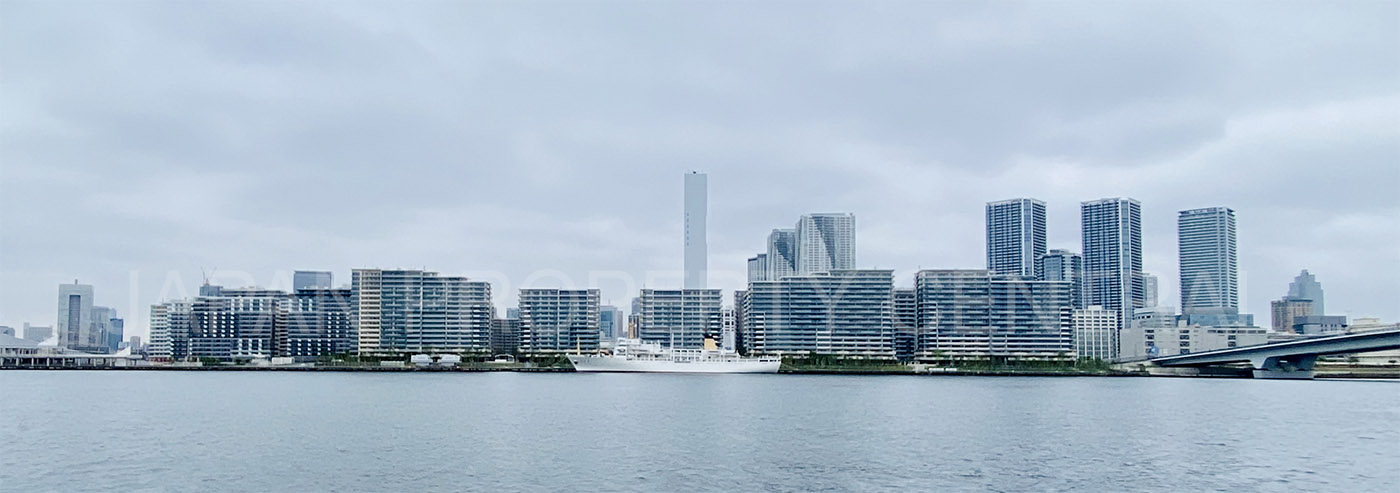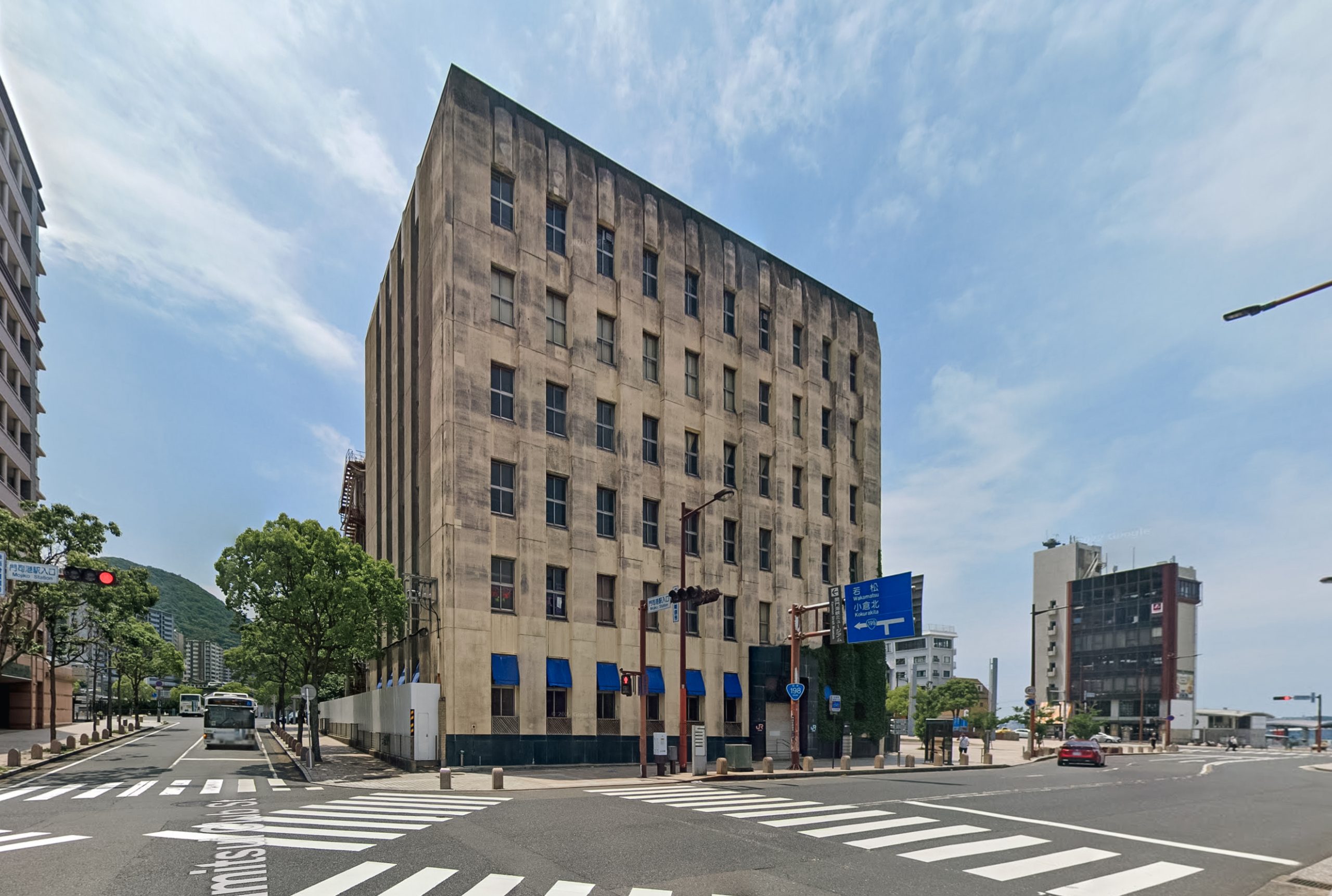Certifications Exist For Sustainable Buildings
The built environment is a major contributor to global emissions, and sustainable buildings are a crucial piece of the puzzle. With more and more demands placed on construction firms for environmental, social and governance (ESG) performance, the industry has responded with a host of innovative green building technologies designed to lower carbon footprints from design through to operation. The Acros Fukuoka Prefectural International Hall is one such example, featuring a variety of sustainability features including reclaimed water for irrigation, rainwater collection and solar panels that help reduce energy consumption.
As the demand for Sustainable buildings increases, there is a growing range of standards, rating and certifications available to guide and validate the design and construction of buildings. Some are centered around specific product types or building components while others look at the entire project as a whole.
Leadership in Energy and Environmental Design, or LEED, is perhaps the most recognizable green building certification. It’s based on a point system and requires all new construction to meet minimum requirements for each category. It also encourages innovation to help move the industry forward. LEED is used in more than 150 countries. Some governments and municipalities even require that buildings be LEED certified.

What Certifications Exist For Sustainable Buildings?
Another popular certification is ENERGY STAR, backed by the Department of Energy and the Environmental Protection Agency. It applies to single-family homes and multifamily buildings, and there are different certification levels for each type of structure. There’s also BREEAM, the Building Research Establishment Environmental Assessment Method, which is used in over 100 countries. The German Sustainable Building Standard, or DGNB, is a similar rating system that is endorsed by the federal government and may allow for access to federal funding and more favorable bank loans.
There are even certifications for individual building materials and products, such as recycled glass and insulation, that can be incorporated into green projects. The Brock Environmental Center, a LEED Platinum and Living Building certified building in Toronto, was built using these materials as well as a heat exchanger to reuse hot or cold water for heating or cooling, reducing its overall water usage by up to 40%.
Having a green building certification can help your business stand out from the competition. It can attract tenants and investors who are seeking companies with strong ESG performance, and it could help you qualify for tax credits or incentives from your local municipality.
It can also increase the value of your property. For example, JLL research found that developments with a BREEAM or LEED certification had a higher capital value than those without. That could allow you to command higher rents and sell your building for a more lucrative price. In addition, many of the technologies that contribute to a sustainable building can save you money over time, such as using renewable energy sources and installing leak detection systems that will cut down on waste. These savings can more than offset the costs of implementing green features during construction or renovation.













+ There are no comments
Add yours